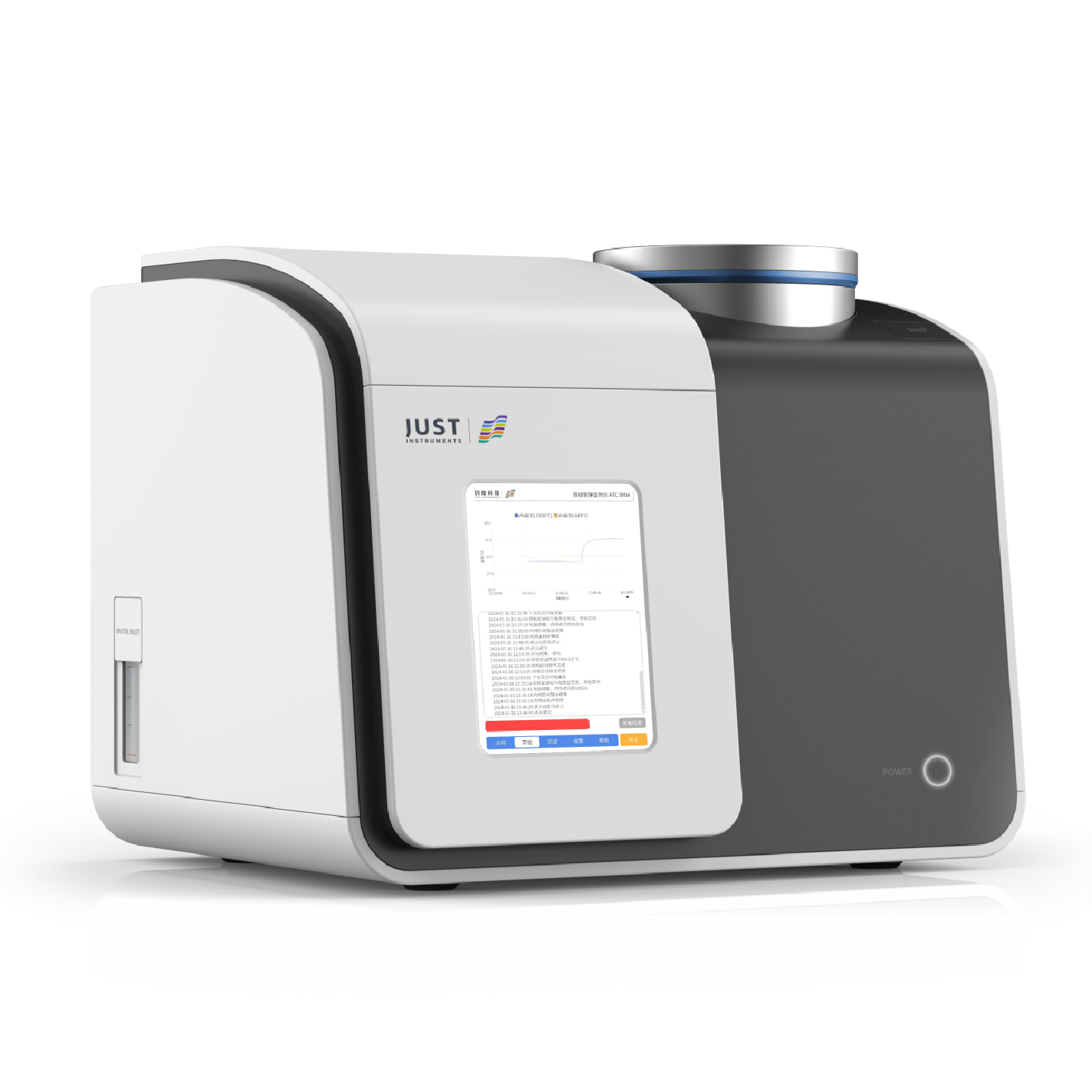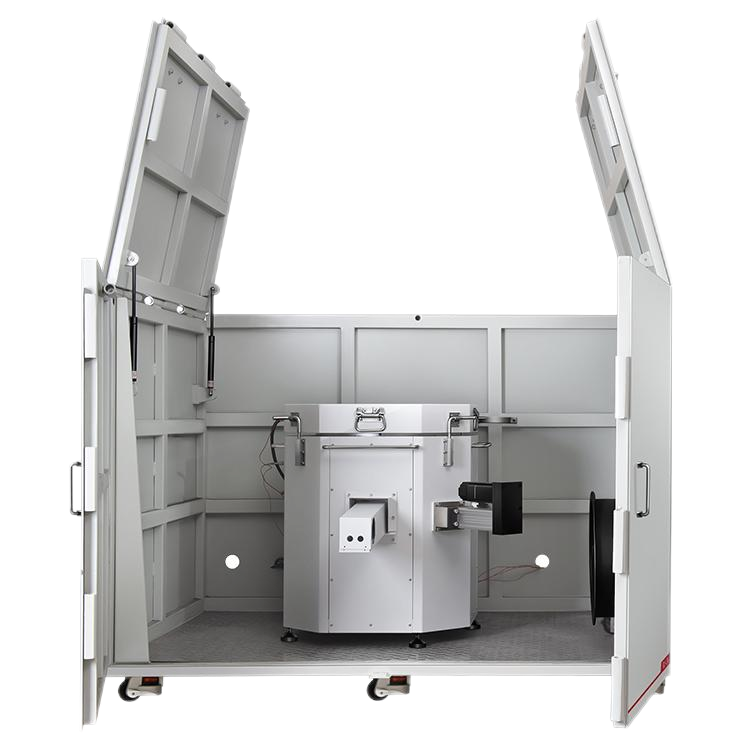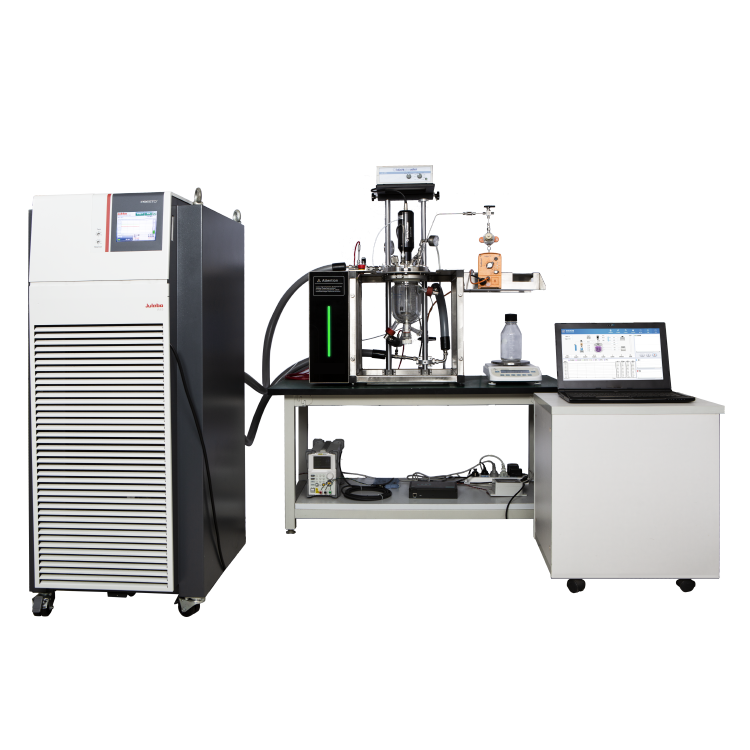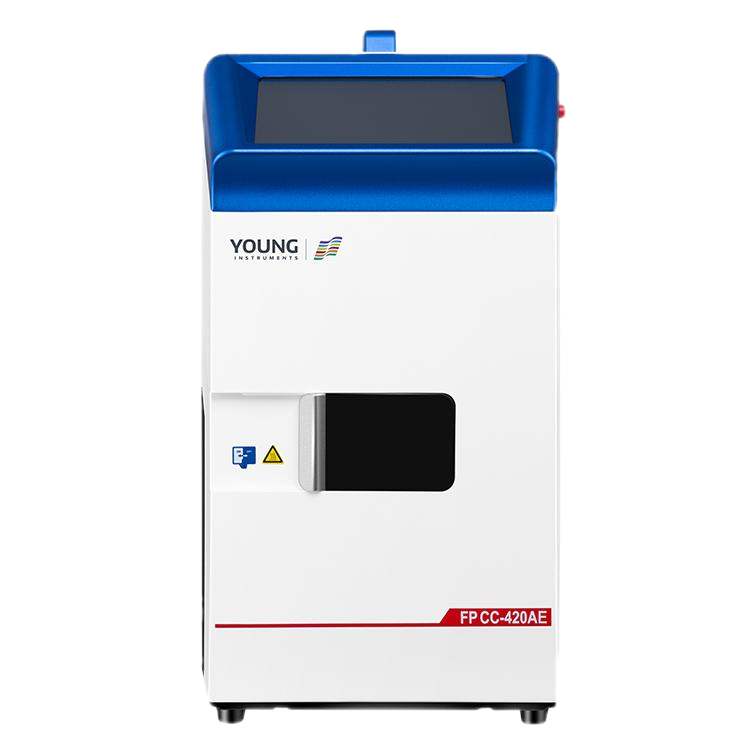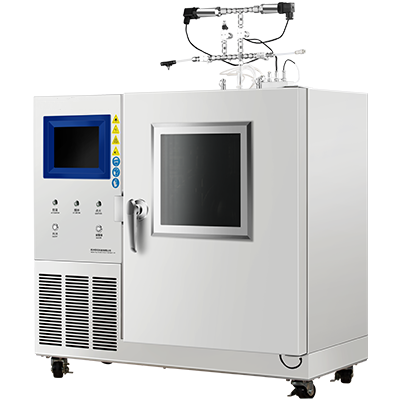Dual-State Thermal Parameter Tester Applied to Thermal Conductivity Testing of Square Lithium Batteries
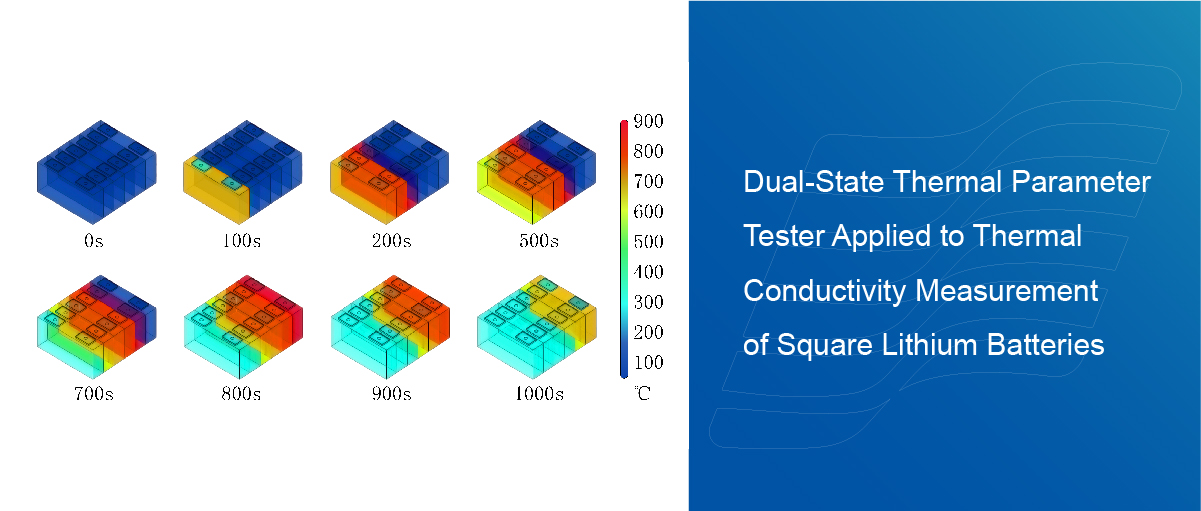
Introduction – Dual-State Thermal Parameter Tester
In the realm of thermal management for lithium-ion batteries, the dual-state thermal parameter tester emerges as a revolutionary method, particularly catering to the testing needs of square-shaped lithium batteries. This article delves into the application of this innovative approach, poised to bridge the industry gap in thermal conductivity testing and foster advancements in thermal management and safety design technologies across various sectors, including electric vehicles, energy storage, consumer electronics, and aerospace.
Background
Lithium-ion battery thermal management systems play a pivotal role in enhancing battery stability, safety, and overall lifespan. Effective thermal management design and optimization rely heavily on thermal simulation analysis techniques, necessitating accurate thermal property parameters such as thermal conductivity, specific heat capacity, and heat transfer coefficients. Among these parameters, thermal conductivity stands out as one of the most crucial.
Despite the availability of viable methods for testing pouch batteries, such as 3D thermal property analyzers and steady-state approaches, there’s still a lack of efficient testing methods for square-shaped batteries without disassembling their casings. Consequently, the industry often resorts to empirical values or theoretical models for estimation, especially for batteries with complex structures like square modules.
Given that square batteries dominate the installation landscape in industries like electric vehicles and energy storage, accounting for over 80% of installations, the development of testing technologies for square battery thermal conductivity holds paramount importance for industry progression.
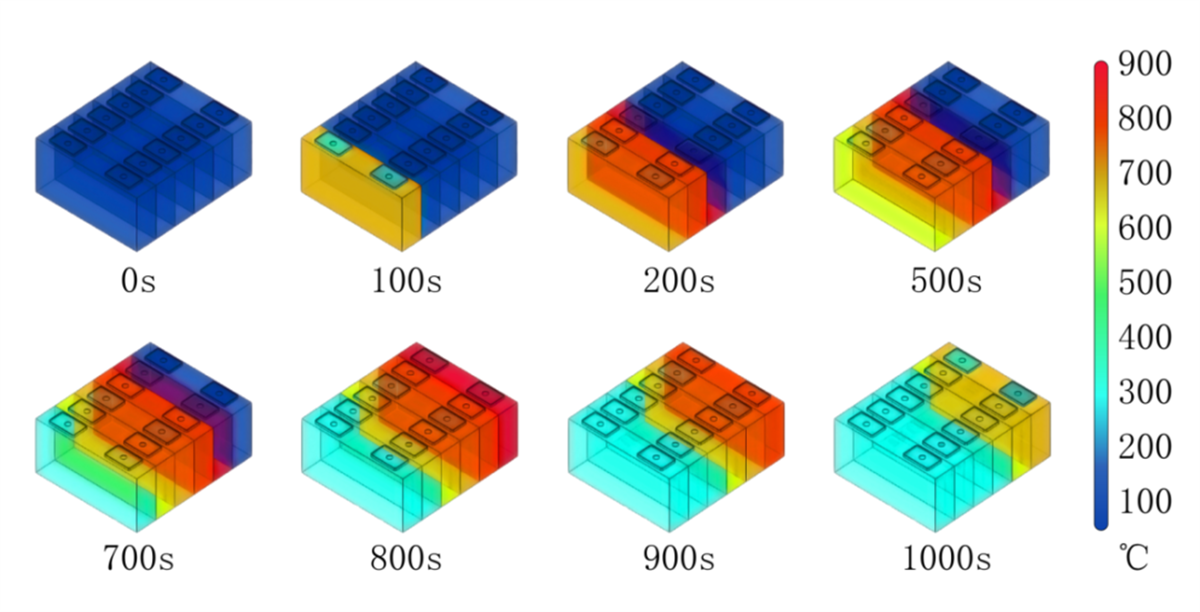
Fig. 1 CFD simulation of the temperature change process of a square cell module (simplified)
Testing Principle
Square batteries exhibit a typical core-shell structure, presenting non-uniform properties. The significant difference in thermal conductivity between the inner core and the outer shell, coupled with the thermal shielding effect of the shell, renders conventional testing methods ineffective. Additionally, the Contact thermal resistance between the core and the shell plays a critical role in heat transfer and requires simultaneous evaluation.
To address the challenge of measuring thermal parameters without disassembling square batteries, Zeal Instruments has developed a dual-state testing method based on non-contact temperature measurement using infrared thermal imagers and inverse modeling of non-homogeneous heat transfer. This method enables simultaneous determination of longitudinal and transverse thermal conductivities of the core, as well as the contact thermal resistance between the core and the shell.
Calculation Model
In order to simplify the calculation without changing the battery heat transfer law, as shown in Fig. 2, the square battery can be simplified into a non-homogeneous equivalent model consisting of two parts: the metal shell and the internal chip. Where the core thermal properties are orthogonal anisotropy; the shell is homogeneous, and its thermal physical parameters are known.
The four key parameters of this non-homogeneous model are:
- Core thermal conductivity: facing thermal conductivity kin, longitudinal thermal conductivity kcr;
- Contact surface heat transfer coefficient: core and shell (large surface) heat transfer coefficient hxy, core and shell (cooling surface) heat transfer coefficient hyz;

Fig. 2 Non-homogeneous equivalent model of lithium battery
Test Method
The core idea involves simulating the spontaneous heating of the battery during operation and its subsequent heat dissipation to the shell and cooling plate. The rate of heat dissipation from the shell depends on the core’s thermal conductivity and contact thermal resistance.
The experimental setup consists of two phases: the “heat storage” phase and the “heat release” phase, wherein the temperature distribution and dynamic changes in the shell are observed using an infrared thermal imager.
By inputting the spatially and temporally distributed temperature data recorded by the thermal camera into the non-homogeneous heat transfer model for inversion, four thermal parameters (kin, kcr, hxy, hyz) of the square lithium battery can be calculated. In addition, using the above parameters and setting the equivalent evaluation conditions of the homogeneous model based on the simulation results, the equivalent face-to-face thermal conductivity kin-uni and the equivalent longitudinal thermal conductivity kcr-uni of the square battery can also be calculated.
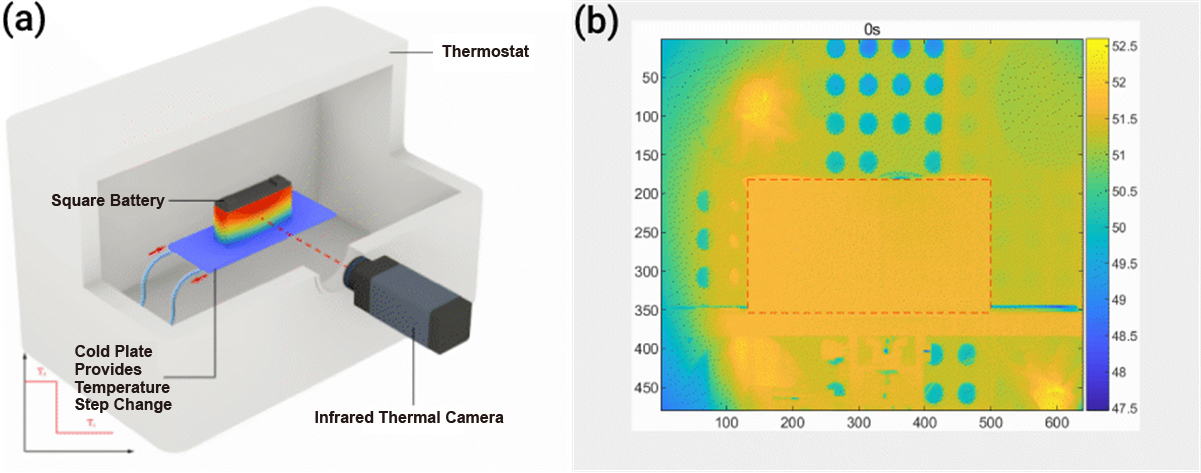
Fig. 3 (a) Schematic diagram of the structure of the measurement system; (b) Schematic diagram of the evolution of the temperature field at the maximum surface of the cell
Testing Case Study
Employing the described method, a square lithium battery provided by a domestic manufacturer underwent testing.
The results, as depicted in Figure 4, showcase the accuracy and reliability of the dual-state thermal parameter tester. The inferred thermal parameters include longitudinal and transverse thermal conductivities (kin = 17.4 W/(mK), kcr = 0.61 W/(mK) )) and contact heat transfer coefficients (hxy = 1269 W/(m²K), hyz = 584 W/(m²K)).The error curves demonstrate the sensitivity of the method to the tested parameters without significant mutual interference. Furthermore, the root mean The square error of the longitudinal temperature distribution during a 10-minute cooling process was less than 0.2°C, affirming the high accuracy of the obtained parameters.
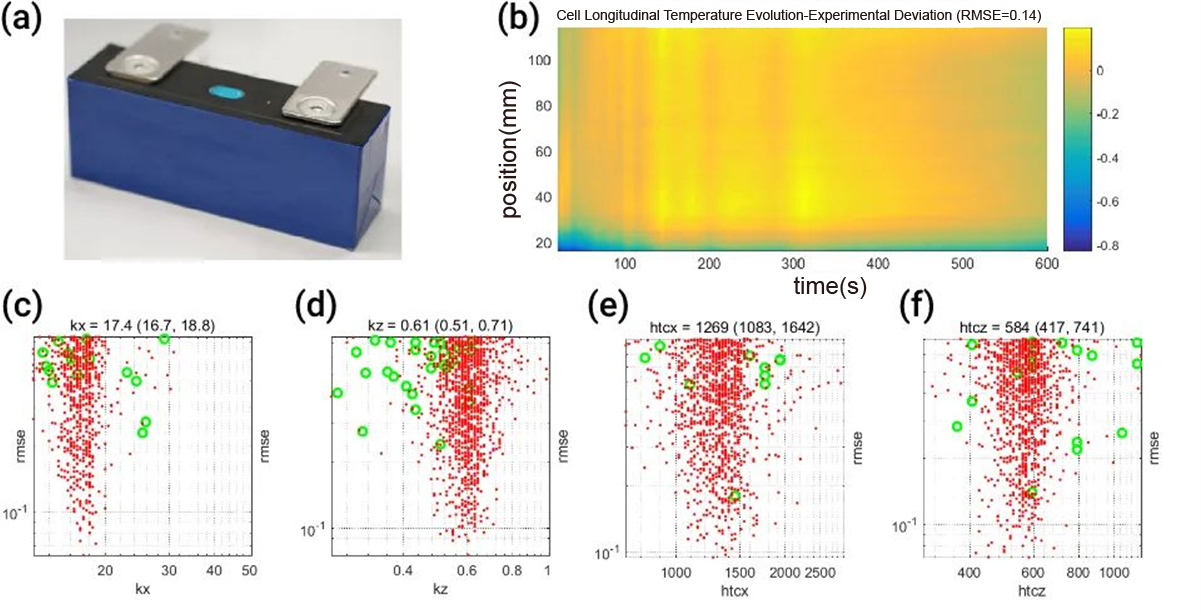
Fig. 4 (a) Sample of square lithium battery; (b) Non-homogeneous heat transfer model simulation and test temperature prediction error; (c- f) Error curves of cell thermal parameters and test results
Conclusion
In conclusion, the dual-state thermal parameter tester offers a groundbreaking solution for thermal parameter testing in square batteries. Its application not only fills the existing industry void but also propels the development of thermal management and safety design technologies in the electric vehicle and energy storage sectors. With Zeal Instruments at the forefront of innovation, the future of battery thermal management looks promising, ensuring enhanced efficiency, safety, and longevity in battery-powered applications.







